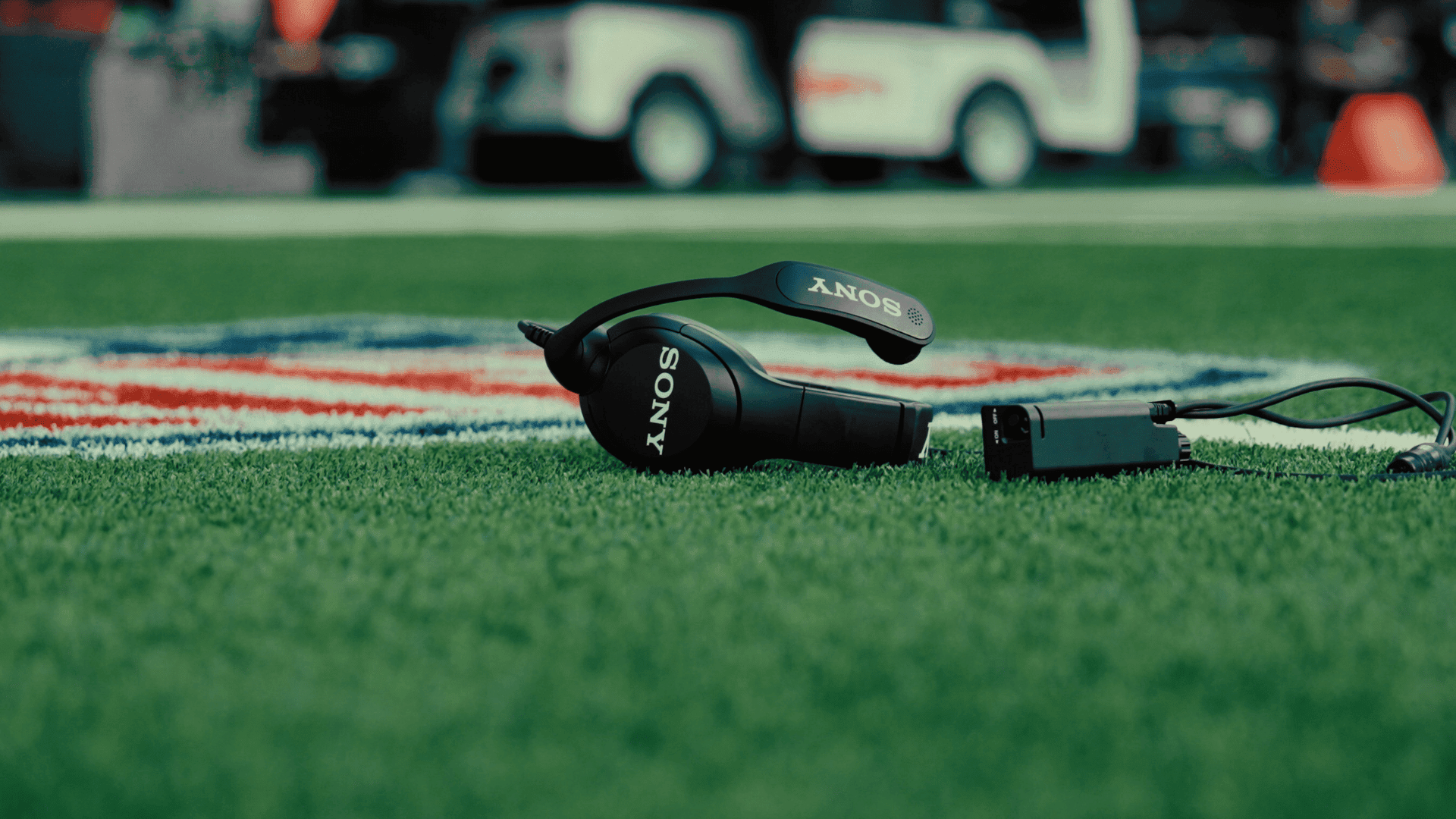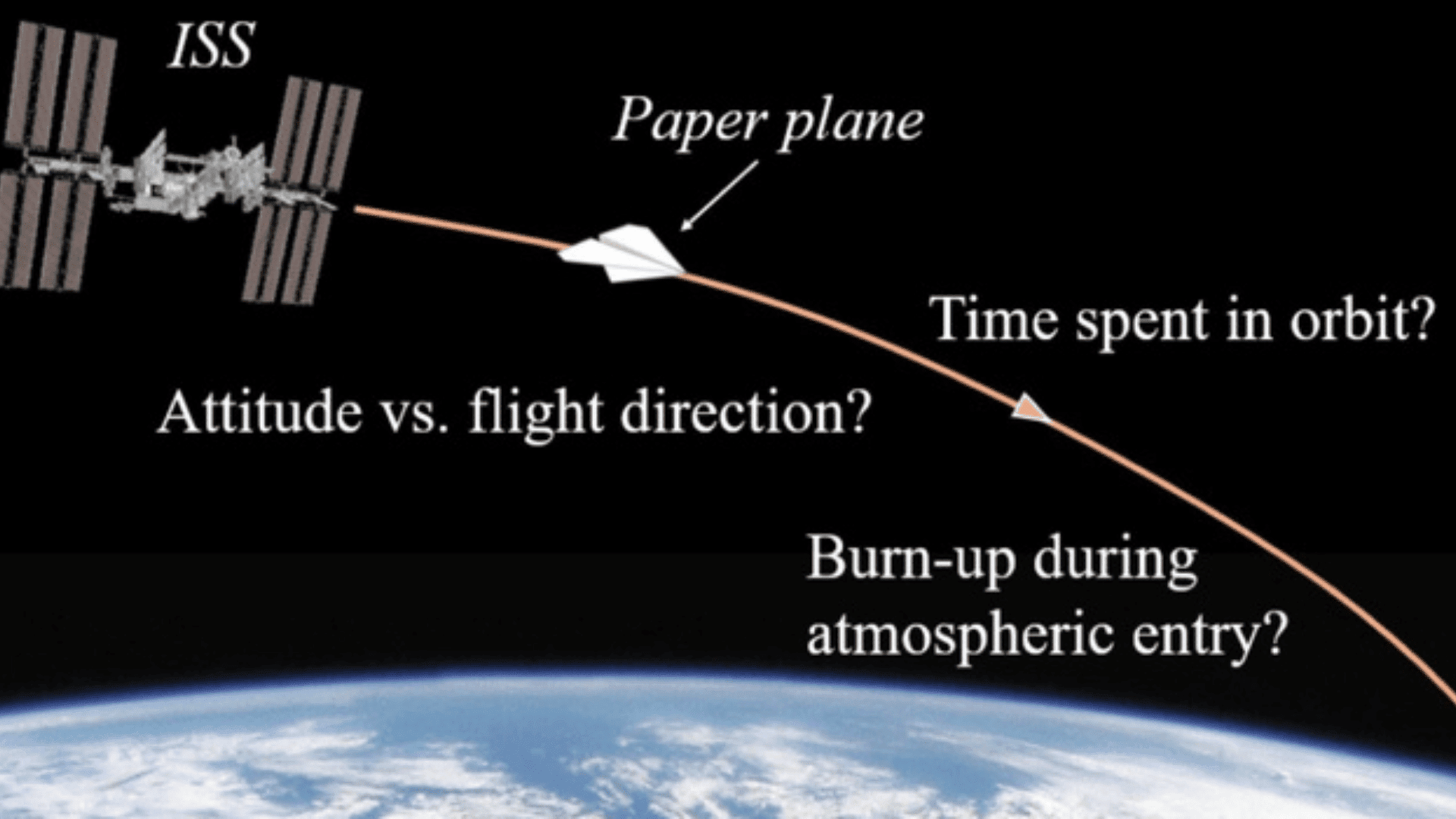Though the worlds of art and engineering rarely intersect, there are actually benefits to engaging in both. Certain skills that one develops when practicing or engaging with art are also invaluable in the engineering field. Here are five ways that either practicing or engaging with art can make you a better engineer.
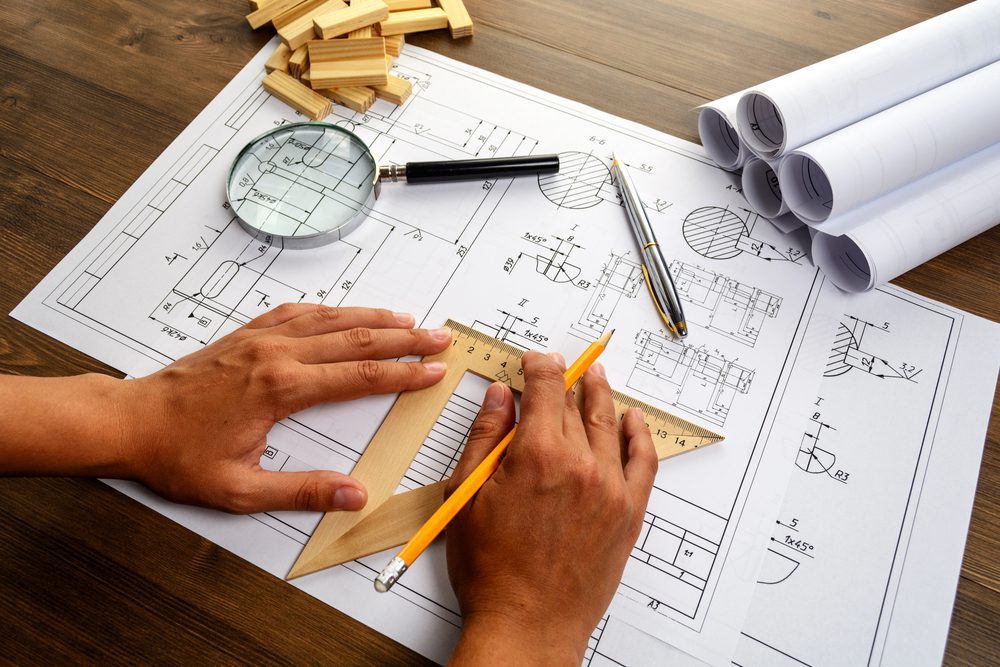
1) Enhanced Creativity
Beginning in 1829, US engineers and other technical jobs started to learn mechanical drawing which involved a manual form of drawing using tools like straight edges, circular guides, and triangles. Toward the end of the last century, these tools have been eclipsed by computer graphic tools. This has been largely beneficial as it increased the efficiency of drawing for engineers, but it is a change that gears toward left-brained rather than right-brained individuals.
It can, therefore, enhance the potential for creativity to opt to draw freehand rather than using drawing software. The 2009 book Successful Education: How to Educate Creative Engineers states, “The spontaneity of freehand design, rather than being superfluous, permitted direct expression by parts of the brain that are not engaged by computer-aided drafting tools… Technically-perfect, computer-generated drawings always seem to be complete and imply that the work is over.”
2) Improved Visualizing Ability
As both an artist and an engineer can attest, there is a big difference between seeing and visualizing. In the book Seeing With the Mind’s Eye: The History, Techniques, and Uses of Visualization, the authors state, “Learning to see directly affects the ability to visualize. In seeing, the images are external; in visualizing, the images are internal.”
There have been many cases that have shown a correlation between artistic practice and an improved ability to visualize. According to a study by Irwin M. Braverman, MD, after dermatologists were asked to study museum paintings, they had an improved capacity to spot and describe features in skin lesions. Another study published in 2015 showed that doctors and nurses that had studied music were better able to detect the nuances in patients’ heartbeats, stomachs, and lungs. Given that visualization is invaluable to the engineering field, the ability to improve it by practicing art regularly is as well.
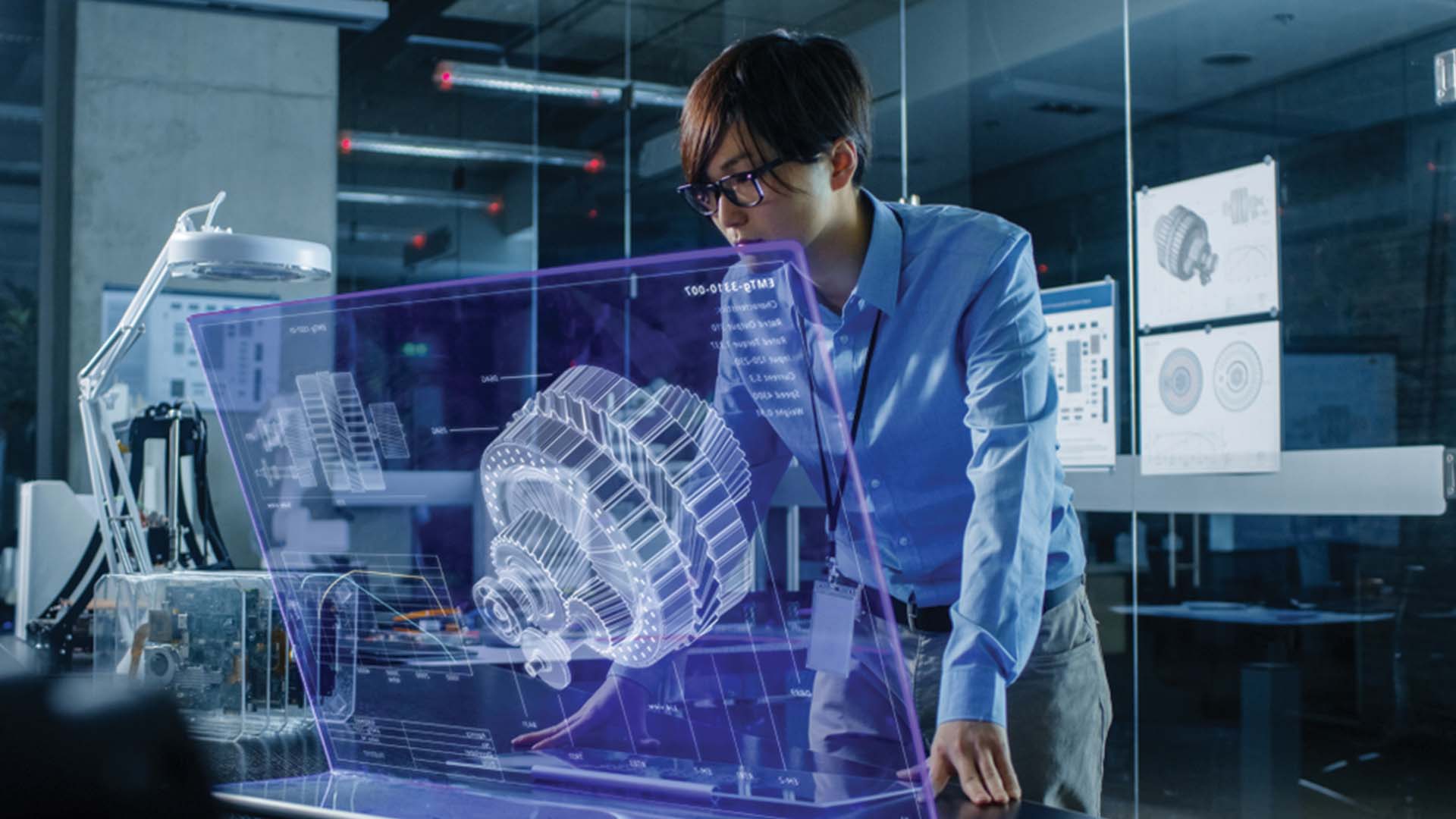
3) Creative Problem-Solving
With the improved ability to visualize also comes advancement in the ability to both spot and solve problems creatively. For example, take one of the most famous examples of the arts and engineering coming together, Leonardo da Vinci. Because he was able to apply his artistic perceptual capabilities toward scientific topics, he was able to draw very complex and scientifically accurate models of the human circulatory system. He was even able to draw the first accurate model of the face and neck ever recorded. Because the practice of art can increase problem-solving abilities, design schools such as the Rhode Island School of Design have even seen improvements with science and engineering research after students have taken design or art classes.
4) Technical Improvements
As much as art and engineering are different, there are some technical lessons that are applicable to both practices. A proficient artist applies certain rules of composition to visually draw in the audience, set a tone, and/or send a message. Though we’re not sure why, the human brain tends to respond favorably to classical composition rules traced back to the Renaissance. Many of those art rules also govern effective communication by engineers. For example, when designing an image (such as for a slide) put the focus point or principal image off-center not in the center, though the latter would be a natural tendency. And the odd-over-even composition rule (when applied to written or visual engineering communication) means favoring an odd number of major points, recommendations, objects, or conclusions.
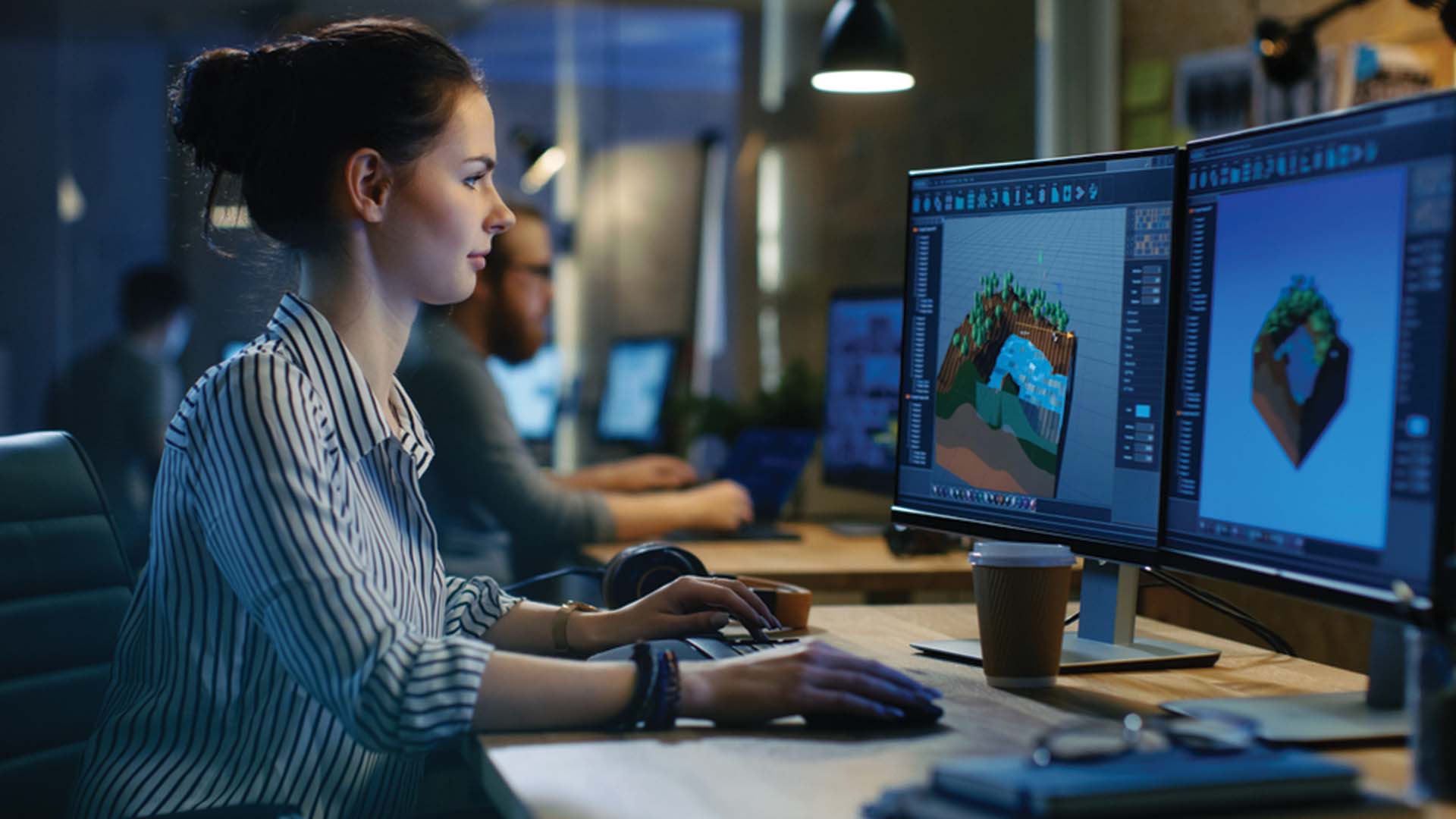
5) Inspiration
Being an artist can improve one’s engineering skills in the same way that artists create their work, it can provide one with inspiration. Albert Einstein, for example, claimed that music laid the foundation that led to him developing the theory of relativity. Additionally, seeing an Escher print of fish arranged in a grid inspired NYU chemist Nadrian Seeman to produce the first DNA-based nanotechnologies. While it’s difficult to track, it’s reasonable to assume that there have been many artistic creations or productions that inspired scientists and engineers throughout history.
Discover the World of Creation, and uncover the history of ancient painting, calligraphy, and pottery.



